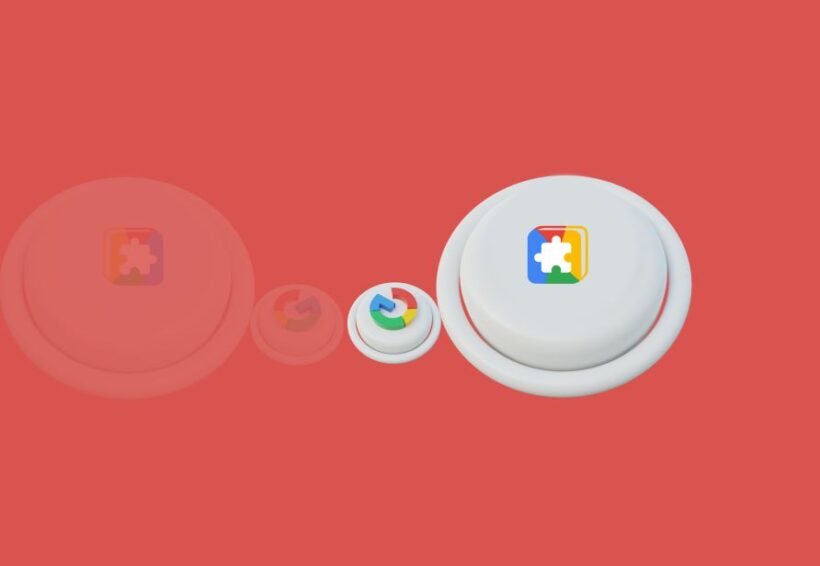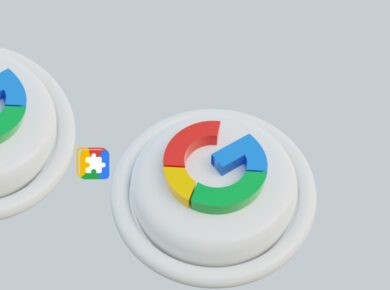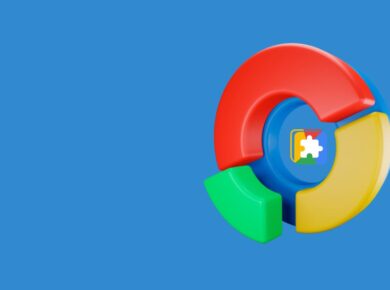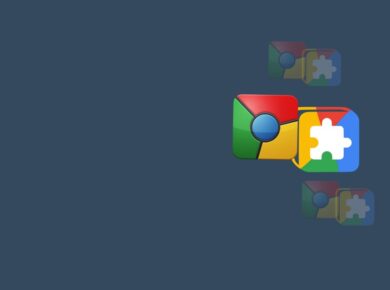Task Pane is a term that has become increasingly relevant in the realm of technology, particularly in the context of software applications and user interfaces. A task pane is a specialized interface element embedded within a software application, designed to enhance user productivity and streamline workflows. Typically located on the side of the main window, a task pane provides quick access to various tools, features, and functionalities without overwhelming the user with complex menus or multiple windows. Its design prioritizes accessibility and efficiency, catering to modern digital users who demand seamless interaction with technology.
The Evolution of Task Panes in Software Design
The concept of the task pane has roots in the early days of graphical user interfaces (GUIs) when developers sought ways to present information and tools in a more user-friendly manner. Initially, software applications relied heavily on traditional menus and dialog boxes, which often required users to navigate through multiple layers to access desired functionality. This navigation could disrupt workflow and lead to inefficiencies, particularly for users engaged in complex tasks.
As software development progressed, particularly with the rise of desktop applications in the 1990s, the need for a more intuitive approach became evident. Microsoft was a pioneer in this aspect, introducing the task pane in Microsoft Office applications with the release of Office XP in 2001. The task pane’s design allowed users to perform various actions—such as formatting documents, inserting images, or accessing templates—without leaving the primary workspace. This innovation marked a significant shift in user interface design, establishing the task pane as a standard feature in many modern applications.
The Structure and Functionality of Task Panes
Task panes are designed to provide contextual information and tools specific to the user’s current activity within the application. They typically feature a vertical layout and can be docked or floated alongside the main interface. The functionality of a task pane can vary widely depending on the application in which it is employed. For instance, in Microsoft Word, the task pane can be used to manage styles, format text, and access research tools, while in applications like Adobe Photoshop, it may provide options for layers, brushes, and adjustments.
One of the most advantageous aspects of task panes is their ability to adapt to user needs. Many applications allow users to customize the contents of the task pane, enabling them to add, remove, or rearrange tools to fit their workflows. This level of personalization enhances user experience, making it easier for individuals to access frequently used features and improving overall efficiency.
Relevance in Modern Technology
In today’s fast-paced digital environment, the importance of task panes continues to grow. As users increasingly rely on software solutions for both personal and professional tasks, the demand for interfaces that facilitate productivity is paramount. Task panes have become integral components not only in traditional desktop applications but also in web-based applications and mobile interfaces.
With the advent of cloud computing and software-as-a-service (SaaS) platforms, task panes have evolved to provide dynamic content and features that are contextually relevant to users. For example, in collaborative tools like Microsoft Teams or Google Workspace, task panes can offer real-time updates, integrated communication tools, and project management functionalities, all of which are essential for effective teamwork.
Current Trends and Innovations in Task Pane Design
As technology continues to evolve, so too does the design and functionality of task panes. One significant trend is the integration of artificial intelligence (AI) and machine learning to enhance user experience. Modern applications are beginning to incorporate AI-driven task panes that can anticipate user needs based on past behavior, offering relevant suggestions and automating repetitive tasks. This innovation not only saves time but also helps users focus on higher-level decision-making and creativity.
Another trend is the emphasis on responsive design. As more users access applications on various devices, from desktops to tablets and smartphones, the task pane must adapt accordingly. Developers are increasingly focused on ensuring that task panes maintain usability and functionality across different screen sizes and orientations. This adaptability is essential for providing a consistent experience, regardless of the device being used.
Furthermore, the rise of cross-platform applications has prompted developers to design task panes that can operate seamlessly across different operating systems and environments. This means users can expect similar functionality whether they are using a Windows desktop, a Mac, or a mobile device, fostering a more cohesive user experience and reducing the learning curve associated with transitioning between platforms.
Real-World Applications of Task Panes
The practical applications of task panes are vast, extending across various fields and industries. In the realm of education, for instance, learning management systems (LMS) often utilize task panes to provide students and educators with easy access to course materials, assignments, and communication tools. This structure allows for a more organized and efficient approach to online learning, facilitating better engagement and collaboration.
In the creative industry, software like Adobe Creative Cloud applications leverages task panes to streamline complex design workflows. Designers can access tools for editing, effects, and asset management without disrupting their creative flow, thereby enhancing productivity and artistic expression. The ability to customize task panes to fit individual projects further empowers users to tailor their workspaces to their specific needs.
Moreover, in the business sector, project management tools such as Trello and Asana incorporate task panes to help teams coordinate tasks, track progress, and communicate effectively. By integrating these functionalities into a single interface, task panes allow users to manage projects more efficiently, fostering collaboration and accountability.
The Future of Task Panes
Looking ahead, the future of task panes appears promising as technology continues to advance. The integration of augmented reality (AR) and virtual reality (VR) into software applications may lead to entirely new ways of interacting with task panes. Imagine a scenario where users can manipulate virtual task panes in a 3D environment, providing an immersive experience that enhances creativity and collaboration.
Additionally, with the ongoing development of the Internet of Things (IoT), task panes may evolve to interact with a broader range of devices and services. This integration could lead to task panes that not only manage application features but also connect and control smart devices, creating a more holistic and interconnected user experience.
In conclusion, the task pane has emerged as a pivotal element in modern software design, bridging the gap between functionality and user experience. Its evolution from simple interface components to complex, adaptive tools reflects the changing needs of digital users and the ongoing drive for improved productivity. As technology continues to advance, task panes will undoubtedly play a crucial role in shaping the future of user interaction across various platforms and devices. The significance of task panes in today’s tech landscape cannot be overstated, as they enhance usability, streamline workflows, and foster innovation in an increasingly digital world.



